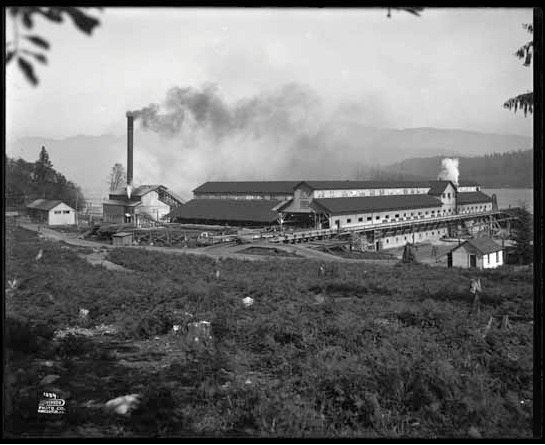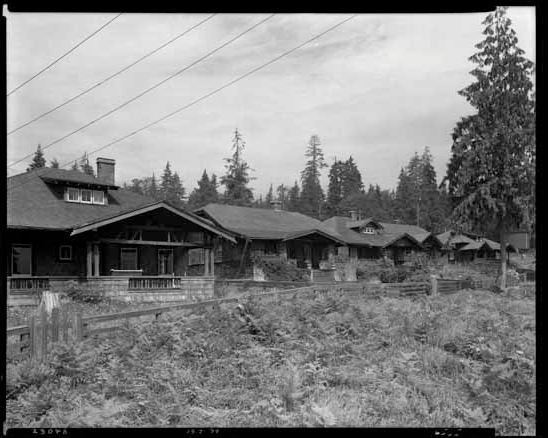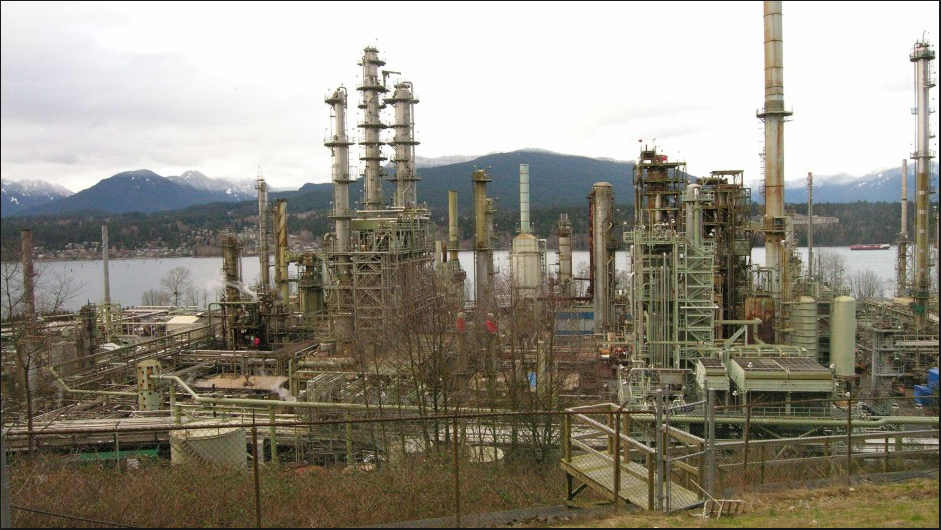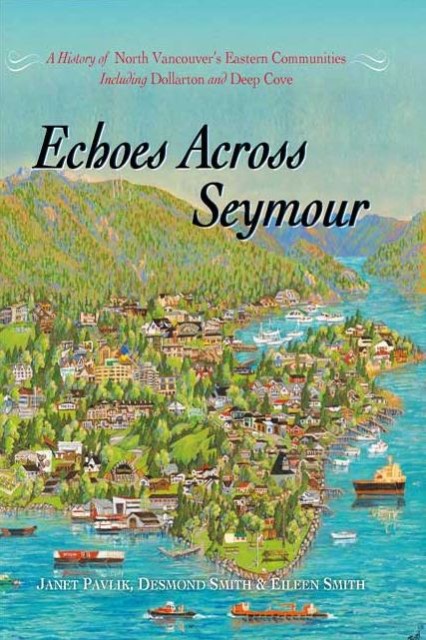Malcolm Lowry may be North Vancouver’s most talented, paranoid alcoholic. He wrote Under the Volcano, his most famous book, from a shack in Cates Park. Lowry died on June 26, 1957 at 48.
Under the Volcano:
Born in England, Lowry lived in Vancouver for more than 15 years. He had a variety of addresses on Vancouver’s West Side and in the West End, but most of his time was spent near Deep Cove in North Vancouver. It was here where he spent the most productive time of his short life, which included more than a dozen novels and works of poetry.
The manuscript was rejected 13 times, nearly lost in a fire, and eventually published in 1947. Jacqueline Bisset starred in the 1984 movie of the same name, and Albert Finney won an Oscar nomination for best actor in a leading role.
The guy had a brilliant way with words, much like Hemingway; I’m just not really a fan of either. I found Under the Volcano, a semi auto-biographical novel about an alcoholic ex British consul living in small town Mexico, a tough slog. But what do I know. The book picked up the Governor General’s award and is considered one of the best English-language novels of the 20th century.
And, because tomorrow is the 65th anniversary of his death, it seemed like a fitting tribute to visit the site of his former digs at Cates Park where he lived with second wife Margerie between 1940 and 1954.
The Shack at Cates Park:
In the 1930s, thenow Cates Park hosted a bunch of squatter’s shacks, occupied by Dollar Mill workers and others devastated by the Depression. By the time Lowry moved there in 1940, the shacks were mainly used as summer holiday cabins.
The Lowry’s paid $15 a month in the summer, $7.50 in the winter. In 1941 they bought another of the shacks, painted the door red and the window frames yellow. It burned down in 1944 taking some of Lowry’s unfinished manuscripts with it, and they re-rented their original shack and started to rebuild. The third shack, was, according to friend and frequent visitor Earle Birney, without plumbing and electricity, but was “a 20 square-foot dwelling” with two rooms heated by a wood stove and an outhouse.

Malcolm Lowry Walk:
The shacks are long gone. There’s a “Malcolm Lowry Walk” sign at the beginning of the trail and a plaque not far away that gives some history. You can see the same view that Lowry looked out on more than half a century ago. The Burnaby oil refinery that he hated, has been there since 1932.
It’s an easy walk along the trails and down to the beach these days, but when the Lowry’s lived there they had to walk down a narrow path surrounded by thick forest.

The Lowry’s were evicted from their shack in 1954 and returned to England. Lowry died there on June 26, 1957 from a combination of gin, barbiturates and inhalation of stomach contents. The coroner called it “death by misadventure.”
The shack was bulldozed that same year.
Related:
© All rights reserved. Unless otherwise indicated, all blog content copyright Eve Lazarus.







